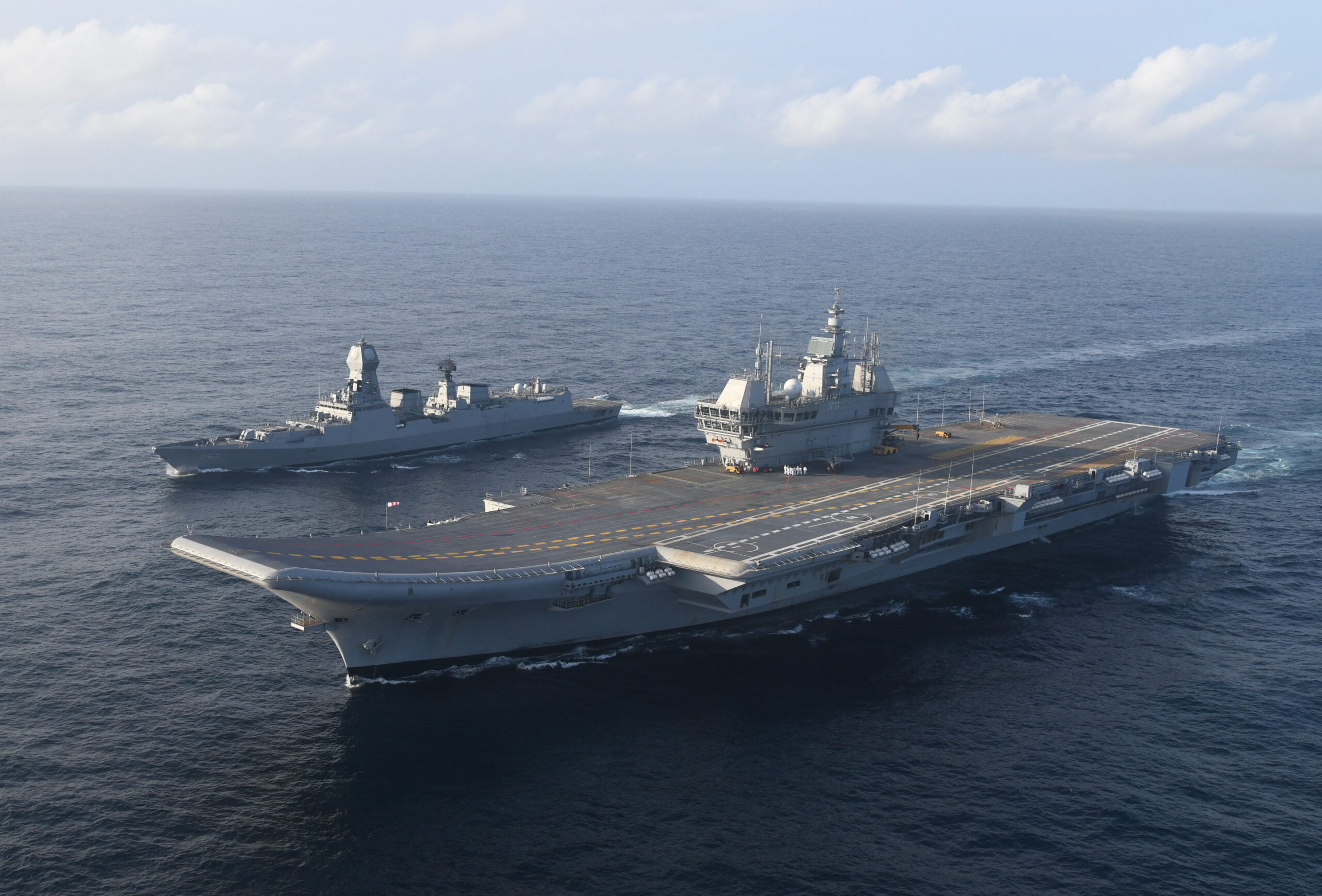The 43,000-ton INS Vikrant was given to India this week. The huge ship has room for 30 planes and helicopters, which is about half of what the US Navy’s Nimitz class carriers can hold.
Vikrant will start out with MiG-29s that were made in Russia and were taken from India’s other aircraft carrier, INS Vikramaditya. Once the deal is approved by the government, Vikrant will get new planes from the West.
“Right now, only Boeing and Dassault are in the running,” an official told RFI about India’s four-year effort to get 57 dual-role combat jets for its two aircraft carriers.
Starting in 2011, India bought 45 MiG-29s in stages. Nine years later, it gave the go-ahead for the import of 21 more units and asked for 59 of the multi-role jets to be updated.
The trouble with MiGs
Captain Rajat Kumar, who is in charge of the air wing on the INS Vikrant, has some concerns about the MiG-29s that will be brought on board. The MiG-29s are powered by four gas turbines that can pump out 88 megawatts of power.
“The MiG-29 is a big plane—the Russians made it, and it’s hard to land on a deck,” Kumar told reporters on board the new carrier, which cost 2.52 billion euros and took 20 years to build.
Auditors from the government said that the old MiGs have problems with their engines and other “operational deficiencies.”
Officials from the military told RFI that 26 Western jets would eventually fly from the 860 foot long INS Vikrant. Flight tests will start in November and go on until mid-2023.
Cordial air war between allies
In May, Boeing sent two F-18s to a naval base in India’s coastal state of Goa to show off the jet’s capabilities. This was the company’s latest attempt to sell the twin-engine plane to India, which is the second largest arms importer in the world.
Salil Gupte, president of Boeing’s Indian chapter, said at a news conference in August, “The Super Hornet Block III was made for carrier operations, and the US Navy uses it as its main fighter.”
“The Super Hornet that we’re giving to the Indian Navy is the most advanced and has the most important features. Steve Parker, another executive at Boeing, said, “The fighter will be faster than the threats we have now.” He also said that the company can deliver the jets in three years.
Executives from American companies working on the F-18 project, like General Electric, Raytheon, and Northrup Gurmman, have also been in India to try to sell the plane.
France fights back
France also sent the naval version of its Rafale plane to the Goa facility for testing in June and January of last year. The company says that their ship meets all of the needs of the Indian navy.
The jury is still out, but several aviation experts like the French product. They say that the Indian Air Force was “extremely happy” with the 36 Rafales it bought from Dassault Aviation in 2016 for almost 8 billion Euros.
The Rafale-M is used on the French navy’s Charles de Gaulle aircraft carrier. An official said, “Indian pilots fly operational sorties on them, so it will be easy to adapt to its deck-based variant.”
But the Rafale deal set off a firestorm in India, where politicians from the opposition said that bribes were paid behind closed doors to make the government-to-government deal happen.
Several admirals have said that India needs a third aircraft carrier because it has such a large coastline, but the government says that two will be enough.
During the flag-off ceremony for INS Vikrant, Defence Minister Rajnath Singh said, “The commissioning of the Indian aircraft carrier is an assurance to friendly foreign countries that we will be able to guarantee collective security.”
